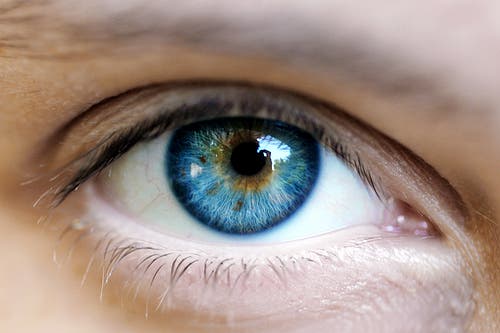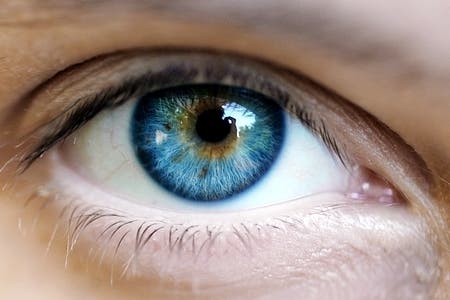Playing Tetris helps treat lazy eye, doctors report
No patches needed.
Hours spent playing Tetris may help treat lazy eye, a new study has suggested.
A team of Canadian doctors found greater improvement in volunteers who played the classic puzzle game using special goggles than those who used the condition's usual method of treatment.
Results of the McGill University study have been published in the Current Biology journal (via BBC News). UK versions of the study are currently underway.
Scientists are hopeful the treatment could help the relatively large numbers of children born with the condition - one in every 50.
Lazy eye is known medically as amblyopia and, left untreated, can cause a permanent loss of vision.

Children affected by the condition are made to wear a patch over their stronger eye, which forces the weaker one to compensate. It's an uncomfortable and time-consuming treatment, and must be worn most of the day for many months.
In comparison, the new study found an improvement in those who played Tetris for just an hour a day. Volunteers wore goggles to make the falling blocks visible to only one eye, with blocks on the ground only visible to the other.
A separate group wore the goggles but watched the game through only their lazy eye. The other eye was covered with a patch, similar to the condition's traditional treatment.
The first group showed a greater improvement after two weeks, and the result was repeated when the latter group tested the new method.
The outcome indicates that lazy eye is a two-eye problem, McGill University's Dr Robert Hess suggested. Allowing both eyes to co-operate helps the weaker eye relearn how to see.

